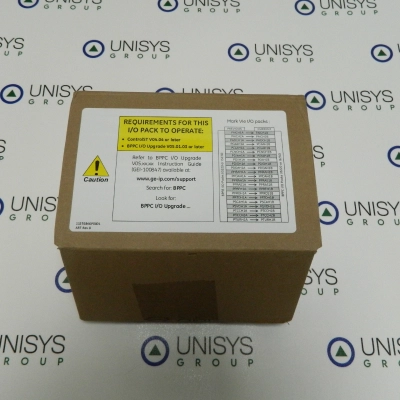


IS200TBAOH1B is an Analog Output Terminal Board manufactured and designed by General Electric as part of the Mark VIe Series used in Distributed Control Systems. A total of 16 analog outputs with a 0â20 mA current range are supported by the analog output terminal board (TBAO). The I/O processor, which can be local (Mark VIe) or remote, produces current outputs (Mark VI). Circuitry for noise suppression is built into current outputs to guard against surges and high-frequency noise. Six D-type cable connections and two barrier-type terminal blocks are available from TBAO for client wiring.
MARK VI SYSTEMS:
The VAOC board collaborates with TBAO in Mark VI systems. The TBAO terminal board is linked to the VAOC board's VME rack by cables with molded plugs. Systems in both simplex and TMR are supported. TBAO is connected to three VOAC boards using TMR systems.
MARK VIe SYSTEMS:
The TBAO and PAOC I/O packs are compatible with Mark VIe systems. The I/O packs connect to the D-type connectors and talk to the controller over Ethernet. There is just support for simplex systems.
INSTALLATION:
A vertical mounting plate is used to hold the TBAO terminal board in place. The two I/O terminal blocks positioned on the board's left side are directly connected to the 16 analog outputs. Two 3.0 mm (#12AWG) wires with 300 V insulation can be accommodated at each point utilizing spade or ring type fittings. Each block includes 24 connections and two screws to hold it in place. Directly to the left of each terminal block is a shield terminal strip connected to the chassis ground. The board has the following cabling:
OPERATION:
There are 16 analog control outputs on the terminal board. Driven devices can be placed up to 300 m (984 ft) from the turbine control cabinet and should not have a resistance of more than 500 (900 if employing I/O packs). The D/A converter and the drivers that produce the regulated currents are found in the VAOC or PAOC. The voltage drop across a resistor on the terminal board is used to calculate the output current.
Each analog current output in a TMR system is fed by the total currents from the three I/O processors. A series resistor that provides a voltage back to each I/O processor measures the overall output current. The three currents' median value, as determined by voting, is the output.